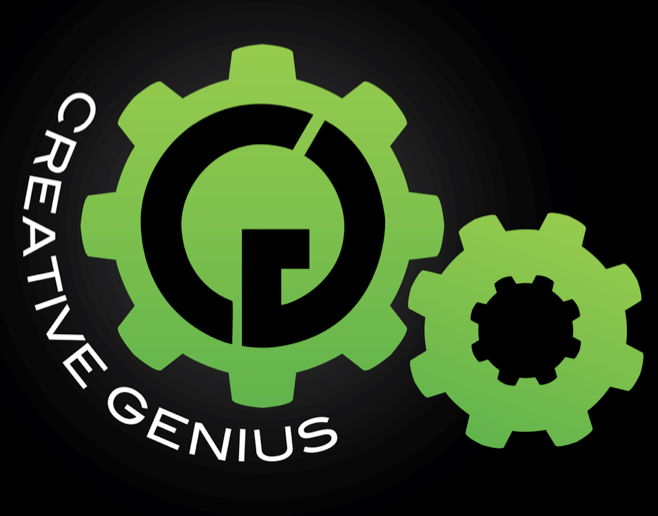This will be a list
Or a table
of latest posts
or related posts
visible on almost every page
but for now, Twitter
Tweets by @Creating_Genius
Game Concepts
and development
Starlight
The project I am currently working on has a variety of unique features, from the way the character interacts with shadows, and the general use of lighting and its affect on the game. The main story of Starlight was conceived by Mohammed Masri, however I came up with most of the gameplay features and character abilities.
One of the characters is a star, and it has many abilities to take the form of stars in various stages of their life cycles. These videos only give a small taste of the vast number of features the game has so far.
Twilight Chronicles
Twilight chronicles (renamed “Chronicles of a King” because of similarly named games) was a game I developed in my first year of university, using “Game Maker” and some pre-existing self taught C++ skills. With mechanics inspired by the Nintendo game “Final Fantasy Tactics” and a storyline I wrote in secondary school, I produced a single player, turn based RPG, named after the main character.
You guide the hero Twilight, through a variety of levels, against an assortment of A.I opponents. My focus was developing an artificial intelligence that worked together against you, responding to your actions as opposed to following a strict pattern. This included adding a “whim” factor to the final boss, as her A.I made her almost impossible for even myself to defeat.
Natural Selection VS Divine Intervention (Evo Creato)
This was my second year project at university, and my first video game project as part of a team. The idea was to make a simplified RTS game (Real Time Strategy), inspired partially by the success of the accomplished “Plants vs Zombies” game as a simplified Tower Defence. I was the only programmer on this project, while my colleagues worked on the art (Clarke), concepts and game interface (Mohammed).
The concept was based on the idea of two armies, with two driving forces (the name is self explanatory). You would pick a side to control, and depending on which you picked, you’d either “evolve” your troops into scientists, researchers or mutants, or use “faith” and call upon powerful forces of nature, miracle healing and a variety of other bonuses from priests, nuns and fighting monks.
The idea was to mock the relentless argument and silly stereotypes used by both sides in a comical and unoffending way. Greatly inspired by a Facebook page and various “memes” depicting ridiculous ways the two theories could be interpreted. We then turned these comics into characters, like the “knife hand man” who evolves a knife for a hand in order to survive, or the “senile” ability, making certain unit types immune to damage due to them not “believing” in it. With enough time we could have added the third army that belied in “magic” which neither group would accept, and a fourth group “conspiracy theorists” that don’t believe in any of the above, and believe theories in alien influence and massive omnipotent organisations.
United They Stand
This was my final year project at university, using Objective C in Xcode. It was a solo project, and the natural evolution of the Twilight Chronicles game. With new skills as a developer, and a new storyline to work with, I developed a multiplayer, turn based strategy game, improving on both the A.I and interface greatly.
The first version concentrated on a new Hexagon grid, that better expressed the field of vision for a particular unit. This version also included six new characters, each with at least two unique skills at their disposal.
I further improved the interface in the next version, improving the character select, inanimate object collision, and upgradable skills (going from two simple moves, to three skills that can be utilised as “standard”, “focussed”, and “All Or Nothing” increasing their base affect but also the cost to the character with each iteration.
After doing some research into similar games, we found that a new style was in order. A third person view of each character in a 3D environment would better utilise the line of sight, use of terrain and general game visuals. My team and I intend on working on a 3D version of United They Stand (UTS) using Unity or Unreal 4 in the year of 2015.


